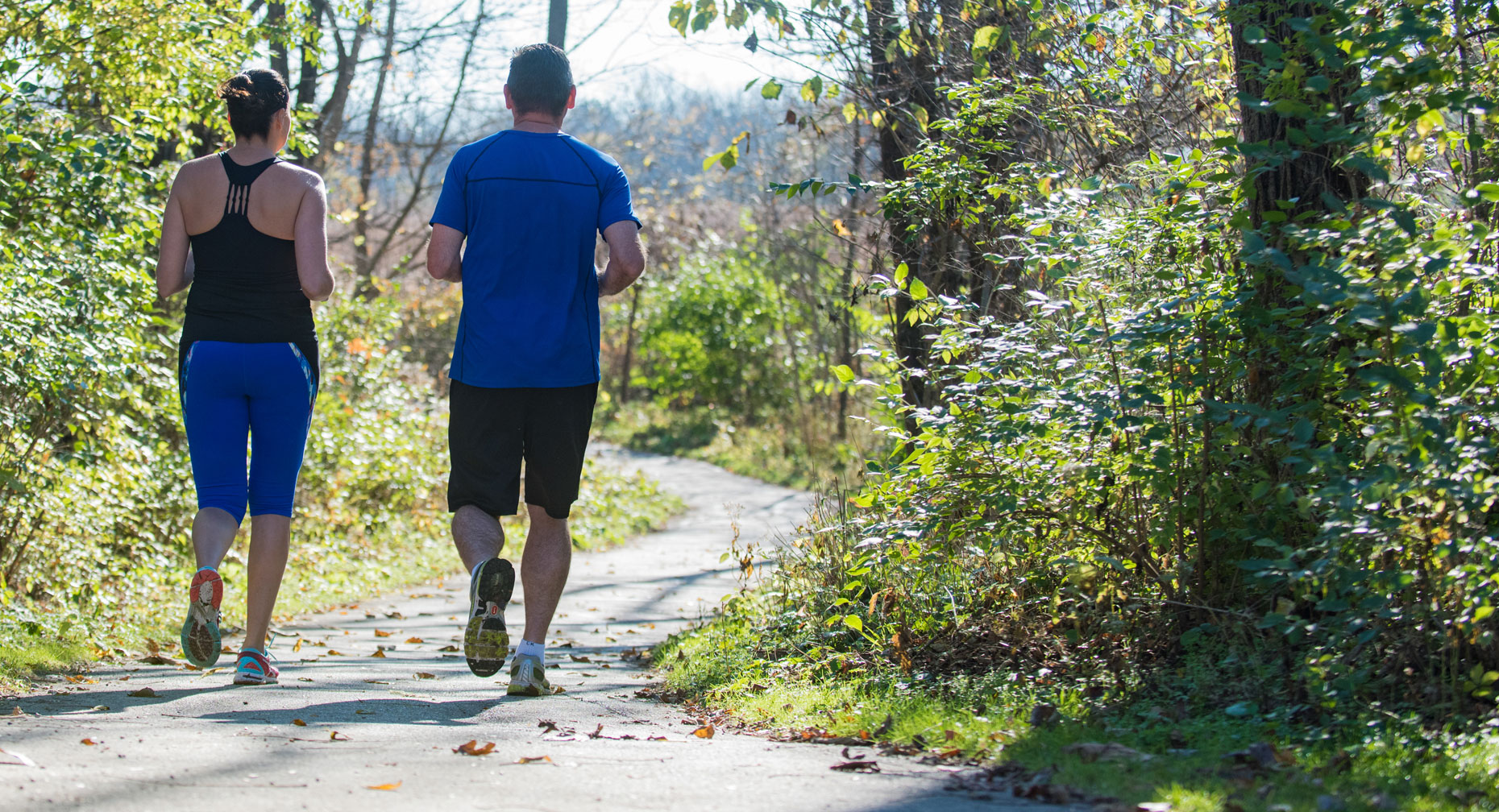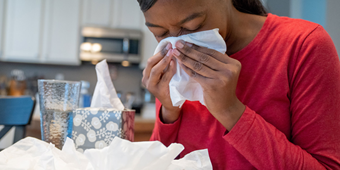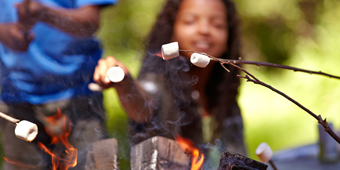That Summertime Itch: Poison Ivy And Its Relatives

Answer a few questions and we'll provide you with a list of primary care providers that best fit your needs.
Ah, summer! The season of lemonade, baseball, hiking, biking, backyard cookouts, and, sorry to say, poison ivy. Poison ivy, along with its common cousins, poison oak and poison sumac, can turn a lovely summer outing into a couple weeks or more of miserable itching, scratching, and uncomfortable blisters and bumps on your skin – or worse
In some cases, poison ivy can lead to swelling, fever, and even difficulty breathing.
What Makes Poison Ivy So Irritating?
Poison ivy, poison sumac, and poison oak are all native to America. They’re widespread, in forests and fields, wetlands and roadsides, and around town, too, in parks and backyards.
Their notorious irritating power comes from a sap oil, or resin, in the plants called urushiol. If you’re allergic to urushiol (85 percent of us are) and come in contact with it, your skin is liable to react. In a matter of hours or a day or two, you may have a red, swollen, itching rash (also known as contact dermatitis). Urushiol is present year-round in these plants, even when they have no leaves.
Urushiol is persistent. It will cling to almost anything it touches, including yard tools, clothing, pets, and more. Left alone, it can stay active for more than a year, and it is easily passed from one object to another, and to you. The garden shears you used to trim back a poison ivy plant last summer could deliver its urushiol oil to your hand this year.
The irritating properties of urushiol can be spread through the air, too, if you’re near a burning pile of brush that includes any of these plants. Breathing these fumes is dangerous.
If your rash is severe or spreads beyond the original area that was exposed to urushiol, or if it affects your face or lasts for more than a few weeks, see your health care provider for treatment.
Recognizing the Plants
Poison oak, poison ivy, and poison sumac can appear as ivy, small plants, or bushes. In most cases, poison oak and poison ivy have three leaves per stem. Poison sumac has from seven to 13 leaves per stem.
What Is the Rash Like?
The most common symptoms of poison ivy and related cases of contact dermatitis include:
- An itchy, red rash with bumps and blisters. Sometimes it will form a line on your skin showing where you brushed against the plant.
- Swelling in the area where contact was made (often, but not always)
- Blisters that break open, ooze, and eventually crust over
If your rash is severe or spreads beyond the original area that was exposed to urushiol, or if it affects your face or lasts for more than a few weeks, see your health care provider for treatment.
If you know that you're prone to a significant reaction, you should seek medical treatment right away. The sooner you seek medical attention, the sooner you can be given systemic steroids or oral steroids to bring your reaction under control.
Note: If you have trouble breathing or swallowing, or if you have significant swelling, call 911 for help.
How To Deal With the Itch
The itchiness of poison ivy can be extremely irritating, and it can be very hard to keep from scratching the rash. Since scratching can further irritate the condition and cause infection, it’s important to get the itch under control. Here are steps that can help:
- Take cool showers or bathe in lukewarm (not hot) water. Adding oatmeal to the water can help soothe your skin.
- Take antihistamines by mouth. Talk to your health care provider or pharmacist for more information about oral antihistamines.
- Use cortisone creams, calamine lotion, or other nonprescription treatments for your skin.
How Can You Prevent a Poison Ivy Rash?
Preventing contact dermatitis from these plants is largely a matter of avoiding them.
Make sure everyone in your family learns to recognize the plants and knows to stay away from them.
If you must be near poisonous plants, be sure to wear long pants and long sleeves – and a hat, boots, and gloves, if the situation calls for them. Afterward, wash or shower thoroughly. “If you know that you got into it and you even think, ‘maybe I did,’ wash as quickly as possible (preferably within 15 minutes),” Sara Wilson, FNP of Vandalia Family Care, advises. “Just regular soap and water, get the oils off of your skin as much as possible and try not to touch around on everything until you've done that, because you could potentially spread it.”
Wash pets or objects (such as clothes, shoes, or tools) that may have come into contact with the plants.
Don’t let the threat of poison ivy put a damper on your summer fun. But do stay alert, avoid the plants, and, if you think you’ve come into contact with one of them, do your best to get the oil off your skin as quickly as you can.
Answer a few questions and we'll provide you with a list of primary care providers that best fit your needs.
Source: American Academy of Dermatology; Sara Wilson, FNP, Vandalia Family Care




